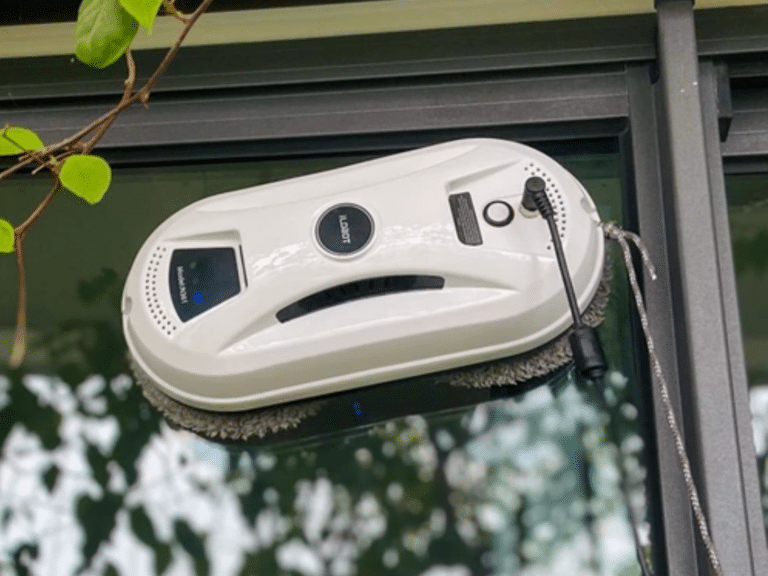Welcome to the world of website localization, where crafting a seamless user experience is paramount. In this article, we’ll delve into the significance of Japanese translation in website localization, exploring its challenges, best practices, and the profound impact it can have on user engagement and satisfaction.
Why Focus on Japanese Translation?
The Japanese market is undeniably influential, with a growing number of online users. To truly resonate with this audience, understanding cultural nuances in communication is key. Japanese translation goes beyond converting words; it involves capturing the essence of the language and addressing the unique preferences of Japanese users.
Challenges in Japanese Translation
Linguistic complexities, cultural sensitivity, and the nuances of idiomatic expressions pose significant challenges in Japanese translation. We’ll explore these hurdles and discuss strategies to overcome them, ensuring that your localized content is not only accurate but also culturally resonant.
Best Practices for Japanese Website Localization
Navigating the intricacies of Japanese translation requires collaboration with native speakers, adapting content to cultural norms, and implementing rigorous testing and feedback loops. Learn the best practices that can make your website localization efforts in Japan a success.
Choosing the Right Japanese Translation Service
The choice between machine translation and professional human translators can significantly impact the quality of your localization. We’ll discuss the importance of professional services, quality assurance, and accuracy in ensuring a flawless translation that respects both language and culture.
Impact on SEO Rankings
Discover how Japanese website localization can positively influence your SEO rankings. Localized content enhances visibility in Japanese search engines, ultimately driving more organic traffic. We’ll showcase examples of businesses that have successfully used Japanese translation to boost their online presence.
User-Centric Design in Japanese Localization
Adapting your website’s layout and design to cater to Japanese users is a crucial aspect of website localization. From considering mobile users to creating a seamless user journey, we’ll explore how user-centric design principles can elevate the overall experience for your Japanese audience.
Case Studies: Successful Japanese Website Localizations
Nothing speaks louder than success stories. We’ll highlight businesses that have effectively localized their websites for the Japanese market, discussing the strategies they employed and the measurable improvements in user experience that ensued.
Cultural Sensitivity in Content Creation
Avoiding cultural missteps is essential in Japanese localization. We’ll provide insights into cultural sensitivity in content creation, helping you tailor your messaging to align with Japanese preferences without falling into the trap of cultural appropriation.
Measuring Success: Analytics and Metrics
Key performance indicators and analytics tools play a crucial role in evaluating the success of your Japanese website localization efforts. Learn how to measure user behavior, track relevant metrics, and make iterative improvements based on data-driven insights.
Future Trends in Japanese Website Localization
Stay ahead of the curve by exploring the future trends in Japanese website localization. From technological advancements in translation to evolving consumer behaviors, understanding these trends will empower your business to remain competitive in the ever-changing digital landscape.
Conclusion
In conclusion, Japanese translation is not just a linguistic endeavor but a strategic move to elevate user experience. By prioritizing localization, businesses can bridge cultural gaps, enhance SEO performance, and create a lasting impact on the Japanese audience.
FAQs: Elevating User Experience with Japanese Translation
Japanese translation enhances content relevance, improving SEO rankings in Japanese search engines and attracting a broader audience.
While convenient, machine translation lacks the cultural nuance required for effective Japanese localization. Professional human translators are recommended for accuracy.
Collaborate with native speakers, conduct cultural research, and gather feedback to ensure your content aligns with Japanese cultural norms.
Use key performance indicators, analytics tools, and user feedback to assess the impact on user engagement, satisfaction, and conversion rates.
Yes, considering the high mobile usage in Japan, adapting content for mobile users is crucial for providing a seamless and enjoyable user experience.










